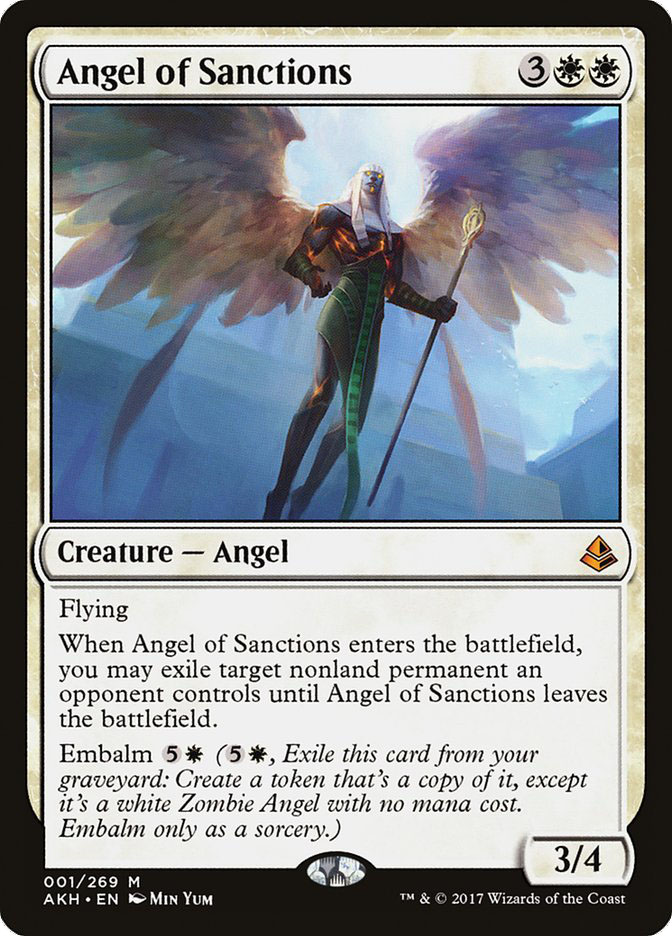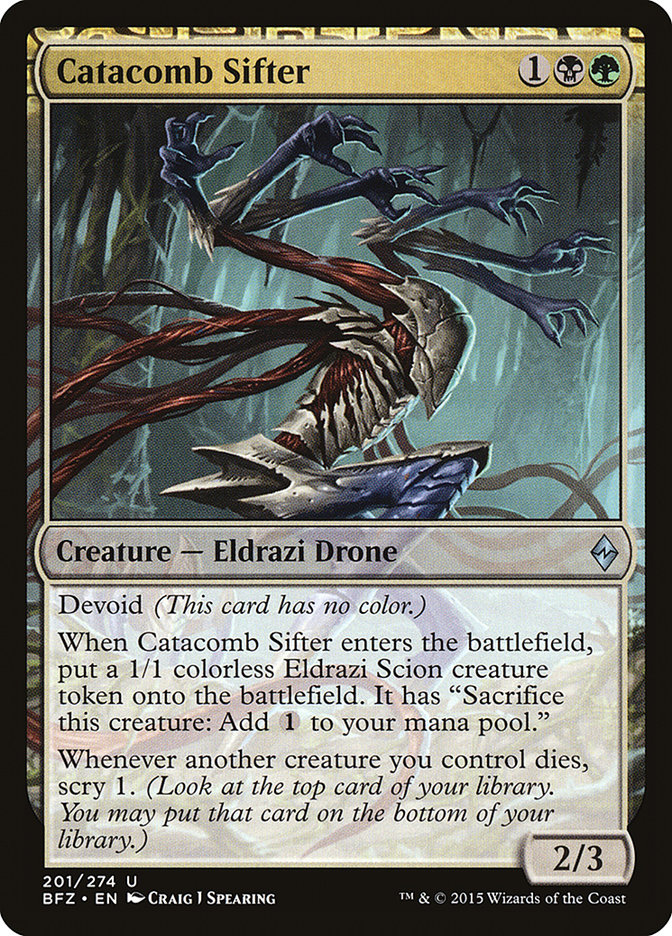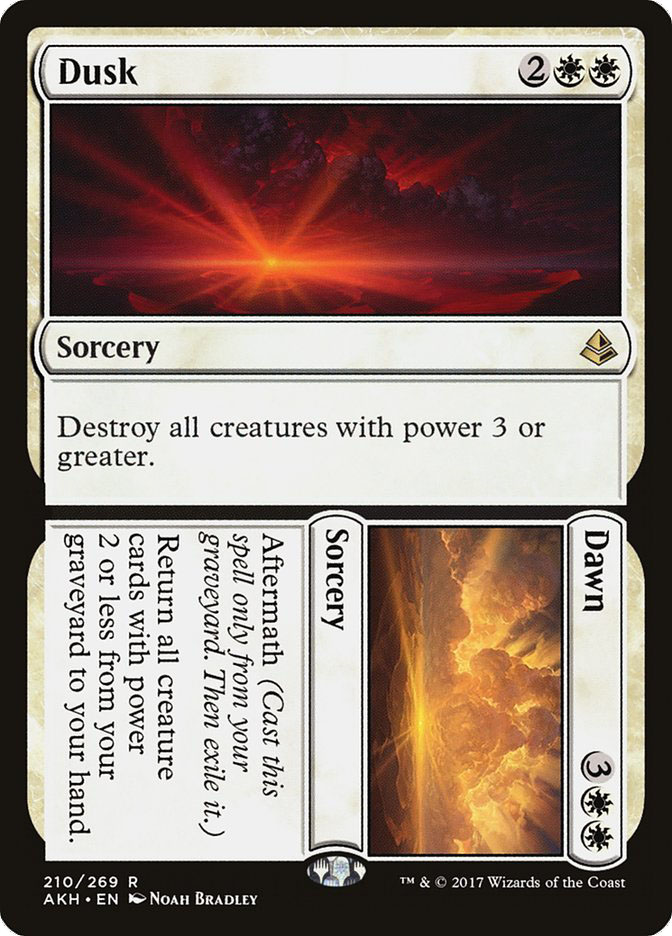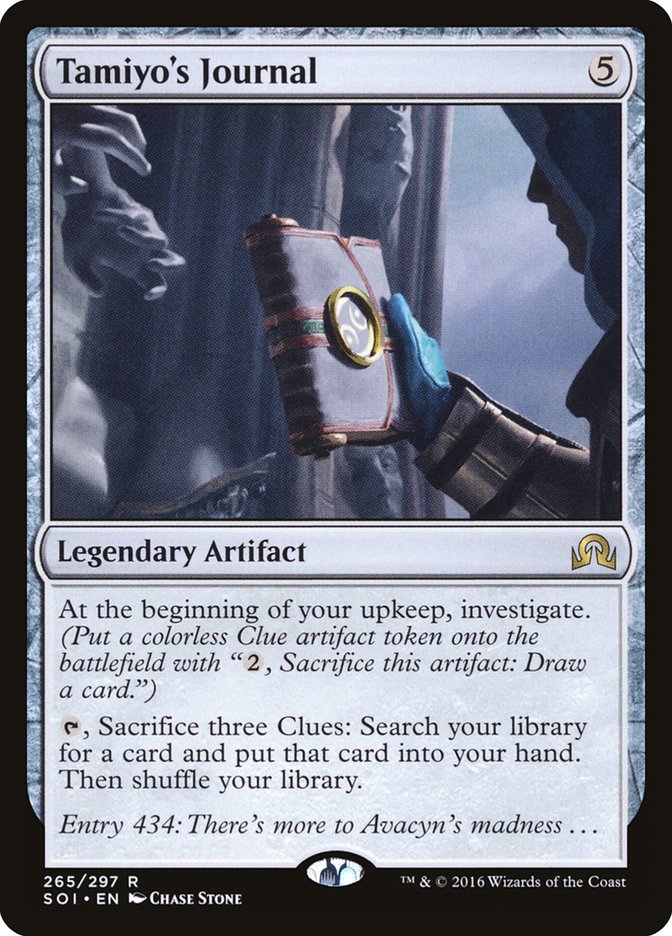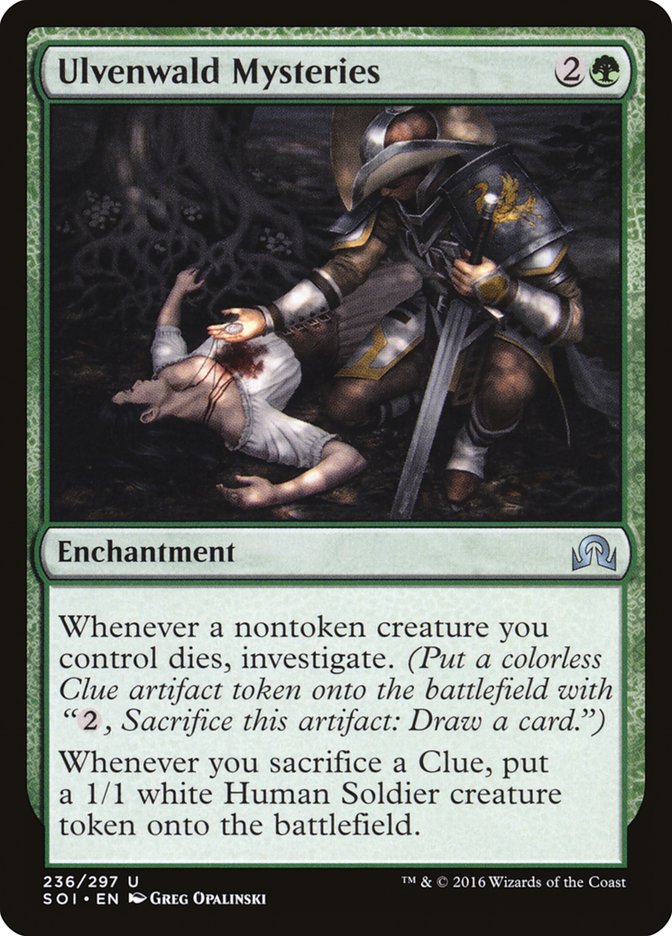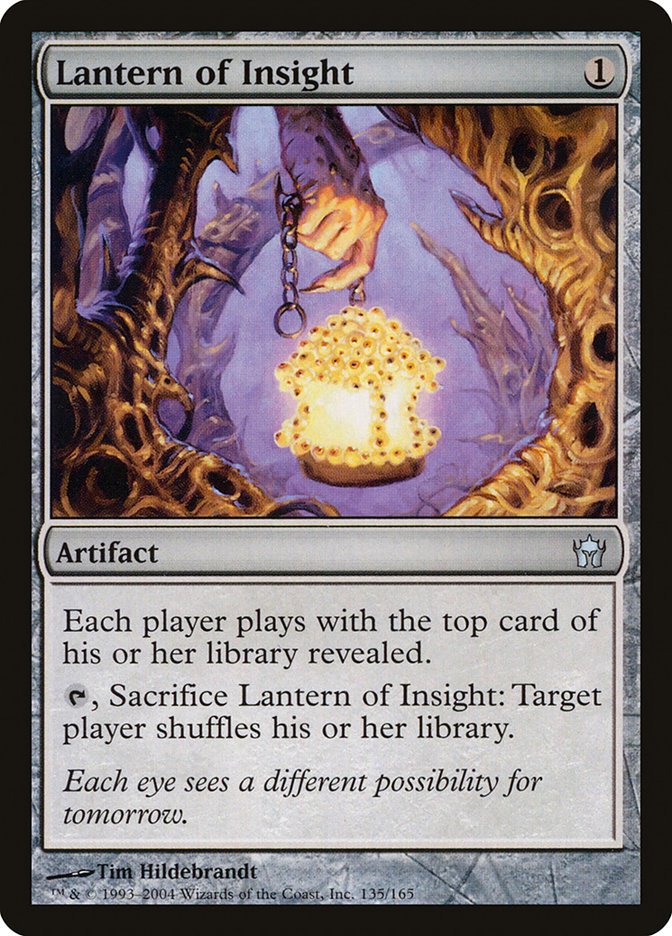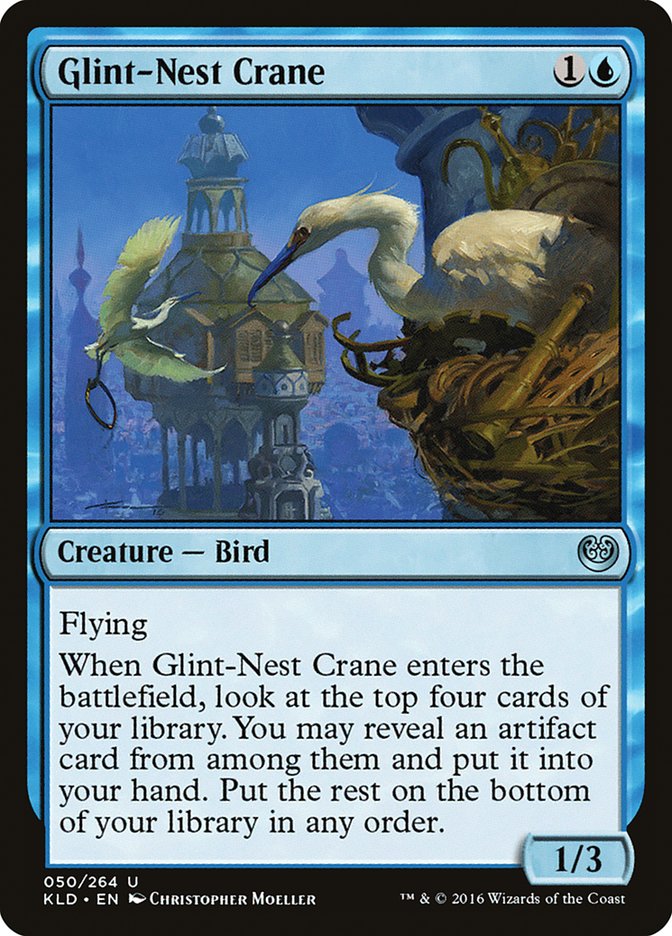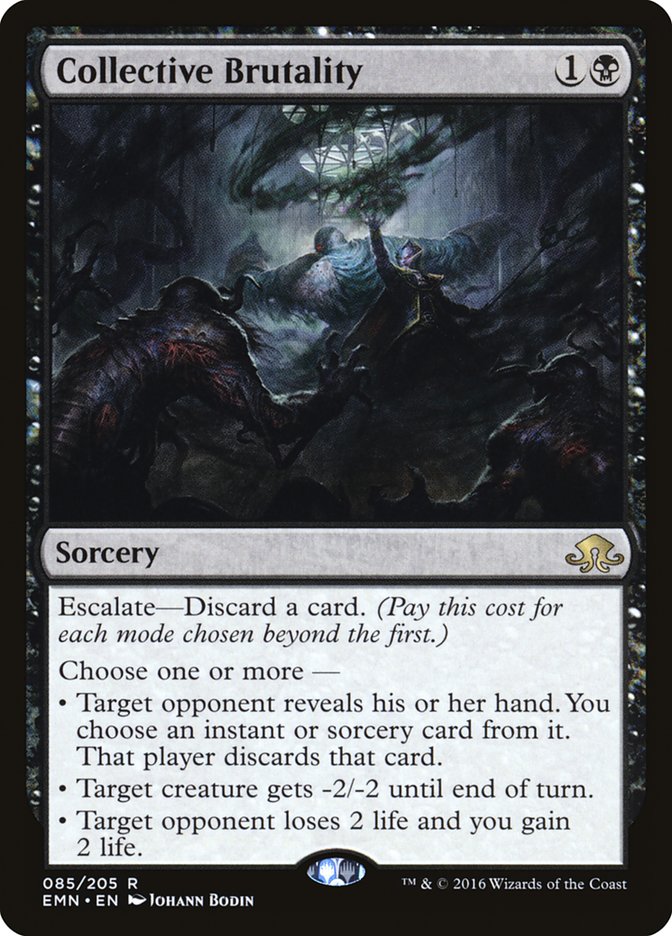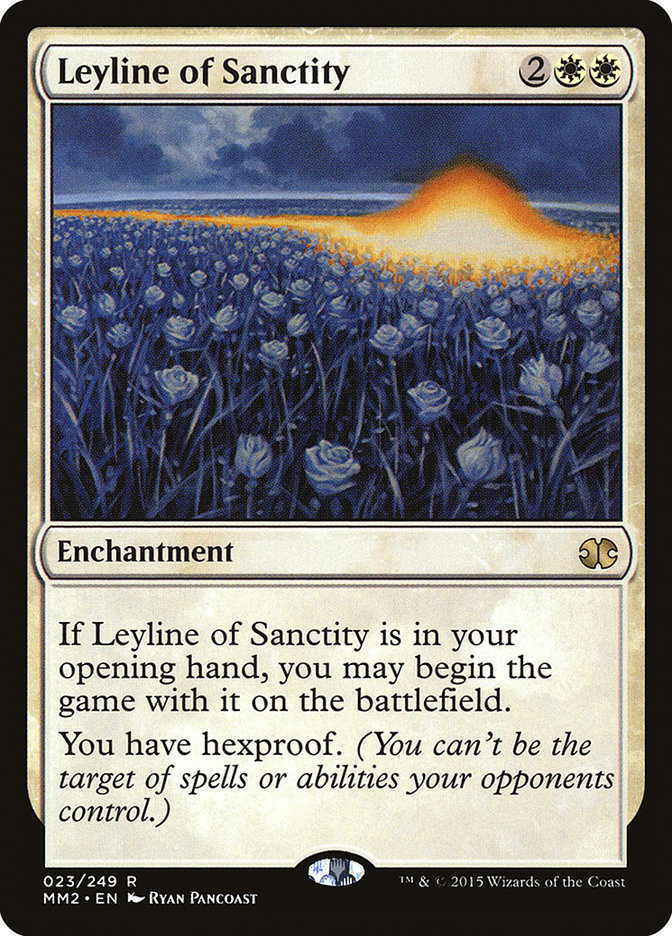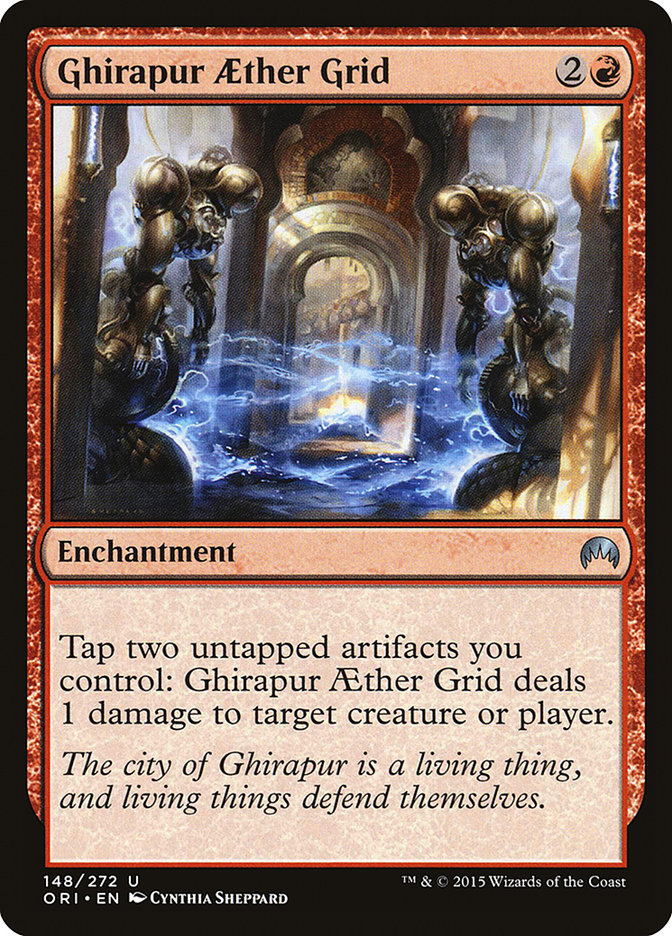The SCG Season One Invitational is coming up this weekend, and, while I was intending to make the trip, I recently discovered that flights were a lot more expensive than I expected, so I don’t think I’m going to make it. The good news? Maybe you can win with my decks! Today I’m going to discuss what I’d play if I were attending the Invitational this weekend.
Standard
My plan would be to surprise everyone and no one by running an updated list of Abzan Tokens. After ignoring suggestions to add Angel of Sanctions to my deck for a long time, I finally got around to trying it out, and it’s been outstanding.
I’d been thinking I wanted to keep my deck as low to the ground as possible because the purpose of the deck is to combine relatively cheap effects into something more powerful than the sum of their parts, so adding an expensive spell would be counterproductive, but Angel of Sanctions just works a lot better than I imagined.
I’d noticed that the more interactive spells I played, the worse my deck performed, because I needed all my cards to work together. The problem with that is that there are some things you really need to interact with. Not being able to interact at all is just not the best place to be, and Angel of Sanctions is the best way to interact.
Also, I was worried about validating my opponent’s removal by playing a five-mana creature, but in my experience, it demands an answer the first time, and then they almost always lose when I embalm it, especially if I have even a single Anointed Procession. Once I realized all this, it was easy to replace Anguished Unmaking and
Here’s my current list:
Creatures (20)
- 4 Catacomb Sifter
- 4 Blisterpod
- 4 Thraben Inspector
- 4 Anointer Priest
- 3 Angel of Sanctions
- 1 Oketra the True
Lands (25)
Spells (15)

Catacomb Sifter, surprisingly, is becoming the card I’m least certain about. Following my own advice from last week, I’ve been swapping Catacomb Sifter for Tireless Tracker against almost everyone in sideboarding, which I think is correct, but it feels weird. My reasoning is that Catacomb Sifter leads to faster, more explosive starts and helps get all my enchantments together, which is what I’m looking to do in Game 1, but after sideboarding, there’s always some reason to switch.
If my opponent is likely to have cards like Sweltering Suns, I want the value I can get off a Clue because the Eldrazi Scion will just get swept up with everything else. If I’m bringing in cards like Fatal Push or Declaration in Stone, I need a way to generate actual card quantity more than I need a way to scry. If I’m cutting creatures in general, I want the Clues to improve my Ulvenwald Mysteries, and I might get to scry less with Catacomb Sifter if I have fewer things to throw away like Blisterpod.
Another card that’s underperformed somewhat is Dusk // Dawn. Too many of the decks that I want it against have both large and small creatures, and it’s only good against some of their draws. It also gets a lot worse if I have Tireless Tracker instead of Catacomb Sifter.
I’ve switched to one Dusk // Dawn and one Fumigate. Fumigate doesn’t let me kill their creatures and immediately attack to kill them, but if I’m playing against another creature deck and I have bunch of creatures on the battlefield, it’s probably because I have a lot of enchantments, and if I clear the battlefield and gain a bunch of life while I have a bunch of enchantments in play, I’ll almost certainly with the game in a couple turns. Since I’m adding Angel of Sanctions and trying Tamiyo’s Journal, costing five mana scares me, which is why I currently have a split, but I think the effect is better.
As for Tamiyo’s Journal, I wanted to try it main, since it does really awesome things with Ulvenwald Mysteries (generating tokens faster than you’d otherwise be able to while finding more Anointed Processions or Angel of Sanctions), but this is basically the definitive “better after sideboarding” kind of card. The plan is to bring it in anywhere where I expect to have time to use it, which could even include matches like Mardu, if I expect them to present a planeswalker control deck.
All in all, I’m very happy with the list at the moment, and I do think it’s well-positioned. The primary question for me is whether I want a fourth Cryptolith Rite, which is obviously an extremely powerful card that I want to draw every game but completely blank in multiples, and, if I do, whether I want a Dread Wanderer or something to use it better. I’m assuming these things would replace some Catacomb Sifters.
The current build might be bad against Torrential Gearhulk. I’m not sure because no one seems to play it on Magic Online. I’m imagining that this must be because Torrential Gearhulk decks have had problems beating Temur Energy and some or most forms of B/G, but I’m not really experienced with those matchups. I just trust the evolutions of the metagame to make sense a little more than, for example, Ari Lax this week.
Modern
Modern’s trickier. Affinity absolutely crushed GP Vegas, taking 1st, 3rd, and 4th, which, given the nature of Affinity, should theoretically mean that now is the worst time to play Affinity.
Creatures (26)
- 4 Arcbound Ravager
- 4 Ornithopter
- 2 Master of Etherium
- 4 Steel Overseer
- 2 Memnite
- 2 Etched Champion
- 4 Signal Pest
- 4 Vault Skirge
Lands (17)
Spells (17)

Players tend to react slowly in Modern, but especially for the actual Invitational, I think they’ll try to be prepared.
Theoretically, the success of Affinity should mean that this is a bad time to play artifacts in general, but despite that, I think I’d play Lantern Control.
I think that most of the decks people are playing will attempt to beat Affinity by playing more answers to creatures rather than answers to artifacts and that Lantern Control will benefit from that, while the same forces that previously benefitted Affinity will still exist and benefit Lantern Control. That is to say the move from Jund Death’s Shadow to Grixis Death’s Shadow decreasing the number of Ancient Grudges and Abrupt Decays in the tournament and Affinity’s success just generally shows a format that’s not naturally well-prepared to answer artifacts.
I’m less certain about the exact build. If I were just trying to beat Affinity, I’d be interested in Glint-Nest Crane over Infernal Tutor, because the 1/3 flier matches up very well against them, but against a deck like Death’s Shadow, where the 1/3 doesn’t really matter and I need to find my pieces quickly and I’m being targeted by discard, I like Infernal Tutor.
Kim Stroh’s use of four maindeck Leyline of Sanctity in GP Copenhagen is also very interesting. Thoughtseize is extremely widely played, as it should be, and Leyline is also great against Burn and Dredge, where Conflagrate is an extremely important card in the matchup, and it’s probably even good against Eldrazi because Thought-Knot Seer is so important.
There are some matches where it’s bad, but there are relatively few decks at the moment where you need to quickly empty your hand to turn on Ensnaring Bridge, which is where I can see Leyline being the biggest liability if you draw it after your opening hand and then can’t get rid of it. This would be unacceptable against Infect, for example, but I haven’t seen anyone play Infect since Gitaxian Probe’s ban. Leyline of Sanctity also kind of precludes playing Infernal Tutor, but that’s an acceptable cost.
In general, I haven’t liked Collective Brutality, but it seems clearly necessary if you’re going to play four Leyline of Sanctity, and again, that’s probably okay.
Making space for six cards I wouldn’t otherwise play is a lot, but it’s not out of the question. Lantern definitely has a solid number of “flex slots” outside of its core engine. The cards I’d most want that Kim didn’t have room for are the third Pithing Needle and Crucible of Worlds. I can believe that it’s best to just play Crucible of Worlds in the sideboard, but especially with Affinity’s success, I think I want the third Pithing Needle in the maindeck. My inclination would be to swap it with a Leyline of Sanctity.
I know a lot of people think of Leylines as a card that you want four of, because you’re trying to make sure you have one in your opening hand, but that’s never how I’ve looked at the cards. To me, it’s just a card that’s bad in multiples, so I’m comfortable “only” playing three.
While I like most of Kim’s sideboard, I generally haven’t found Ghirapur Aether Grid necessary, and I certainly wouldn’t want two of them. The first I can see, as it’s good against Affinity and the various G/W creature decks that have been doing well, but I’d much rather have the first Pyroclasm than the second Ghirapur Aether Grid in those matchups. I also don’t like the third Collective Brutality, and I’d rather have the third Surgical Extraction. The other cards I’m not sure about are Nihil Spellbomb over Tormod’s Crypt and Seal of Primordium over Nature’s Claim. I think Kim is probably right about both.
Nature’s Claim can be important for destroying your own things to gain life against Burn, but the Leylines and Collective Brutalities should go a long way there, and the growth of Eldrazi Tron means that there are more copies of Chalice of the Void around, where you really want a two-mana answer. It’s also nice that Seal of Primordium doesn’t get stuck in your hand.
Tormod’s Crypt is better than Nihil Spellbomb against Dredge, but Nihil Spellbomb is probably better against Snapcaster Mage decks, where you should have plenty of time, and obviously drawing an extra card is nice. I’d also be happy bringing Nihil Spellbomb in to try to slow Gurmag Angler, where I wouldn’t want to go down a card on Tormod’s Crypt to do that.
So in the end, I’d play a very slight modification of Kim Stroh’s list:
Lands (18)
Spells (42)

I haven’t actually tested this yet, but Modern is really more about general format knowledge than last-minute testing. The format is so diverse that I can’t really expect a handful of matches on Magic Online to be particularly representative of what I’d expect to play against in any particular live tournament.
Fundamentally, I think Lantern Control is a powerful enough deck to frequently be a good choice for Modern, and when I see Grixis Death’s Shadow decks get to the point where they’re playing as many as seven creature removal spells that are literally blank against Lantern Control, I think I’d have to get too inbred to fight the mirror if I wanted to play a Death’s Shadow deck and I’d rather just play a different Thoughtseize deck.
As for how strongly I recommend these decks for other people, I think it really depends on how comfortable you are playing each of them. I know that I’d feel great entering this tournament with these two decks, but I think each of them requires a particularly high level of familiarity to pilot well and that neither has a lot of room for error if you’re going to be learning the decks as you go.
As always, both of these formats are going to strongly reward familiarity with your deck, and neither of these decks is so broken that I’d say you should drop everything and pick it up, but if you have some time to work with them and they look like your style, I do think both decks have the potential to perform very well this weekend.


